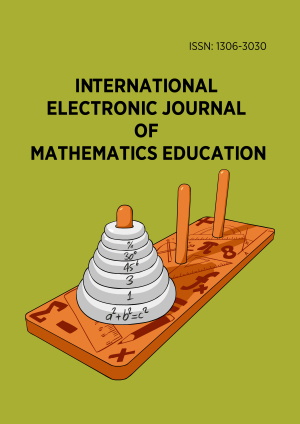Abstract
In this study we investigated pre-service teachers’ (PSTs) proportional reasoning and how they interpret their calculations in proportional tasks. We administered a written questionnaire to 199 PSTs and used an inductive content analysis approach for data analysis. We found that one item, in which PSTs were asked to interpret the meaning of the results of their calculations, had unusually low coherency, and applying open coding to the responses revealed several common errors. We argue these common errors cannot be dismissed as simple unit or rounding mistakes but rather reflect problems in how respondents think about quantities, story problems, and the nature of mathematics itself. We end with suggestions on how to address these problems.
License
This is an open access article distributed under the Creative Commons Attribution License which permits unrestricted use, distribution, and reproduction in any medium, provided the original work is properly cited.
Article Type: Research Article
INT ELECT J MATH ED, Volume 17, Issue 4, November 2022, Article No: em0698
https://doi.org/10.29333/iejme/12178
Publication date: 25 Jun 2022
Article Views: 3576
Article Downloads: 1763
Open Access Fundings Disclosures References How to cite this article
 Full Text (PDF)
Full Text (PDF)